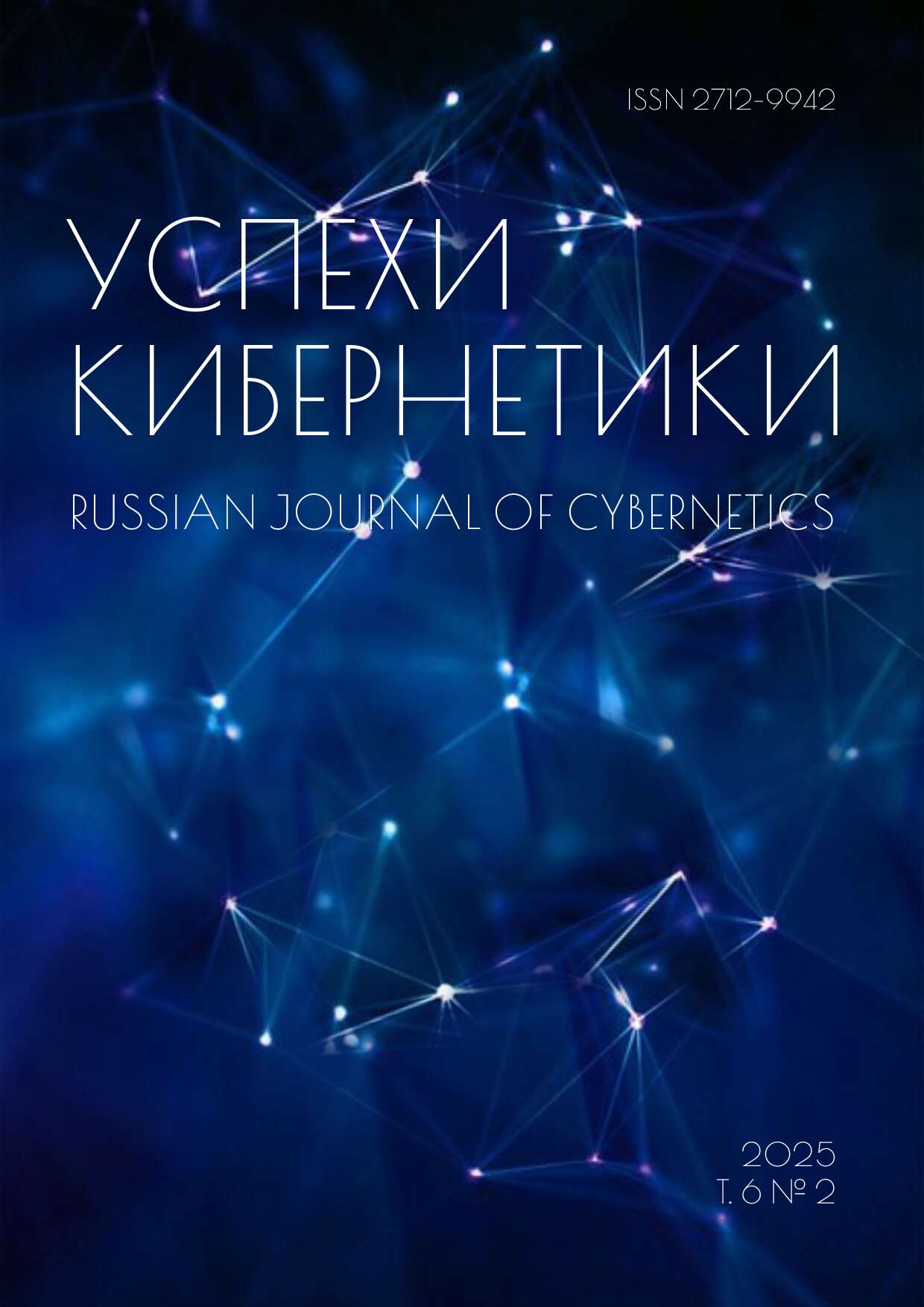Abstract
we developed a modified Capacitance-Resistive Model (CRM) that does not require bottomhole pressure data. This semi-analytical model applies to waterflooding and elastic-water-drive reservoir development. Unlike traditional CRM formulations, our approach relies on cumulative production and injection volumes and incorporates inter-well interactions along with the effects of aquifers.
We also introduced an empirical logarithmic model for water breakthrough, which relates water saturation to cumulative liquid production. The resulting equations enable the calculation of liquid flow rates and water breakthrough without bottomhole pressure, significantly broadening the model’s applicability in fields with limited monitoring data.
We tested the model on four production wells in a carbonate reservoir under elastic-water-drive conditions. Comparisons with the standard CRM model demonstrated acceptable accuracy in flow rate prediction without pressure input and high precision in modeling water breakthrough dynamics. This approach supports both development forecasting and real-time field analysis without relying on hard-toobtain parameters such as bottomhole pressure.
References
Данько М. Ю., Бриллиант Л. С., Завьялов А. С. Применение метода динамического материального баланса и CRM-метода (capacitance-resistive models) к подсчету запасов ачимовских и баженовских коллекторов. Недропользование XXI век. 2019;4:76–85.
Ручкин А. А., Степанов С. В., Князев А. В. и др. Исследование особенностей оценки взаимовлияния скважин на примере модели CRM. Вестник Тюменского государственного университета. Физико-математическое моделирование. Нефть, газ, энергетика. 2018;4:148–168. DOI: 10.21684/2411-7978-2018-4-4-148-168.
Хатмуллин И. Ф., Андрианова А. М., Маргарит А. С. Полуаналитические модели расчета интерференции скважин на базе класса моделей CRM. Нефтяное хозяйство. 2018;12:38–41. DOI: 10.24887/0028-2448-2018-12-38-41.
Gladkov A., Sakhibgareev R., Salimov D. et al. Application of CRM for Production and Remaining Oil Reserves Reservoir Allocation in Mature West Siberian Waterflood Field. The SPE Russian Petroleum Technology Conference. 2017. DOI: 10.2118/187841-MS.
Yousefi S. H., Rashidi F., Sharifi M. et al. Prediction of Immiscible Gas Flooding Performance: a Modified Capacitance-Resistance Model and Sensitivity Analysis. Petroleum Science. 2019;16:1086– 1104. DOI: 10.1007/s12182-019-0342-6.
Lasdon L., Shirzadi S., Ziegel E. Implementing CRM Models for Improved Oil Recovery in Large Oil Fields. Optimization and Engineering. 2017;18:87–103. DOI: 10.1007/s11081-017-9351-8.
Holanda R. W., Gildin E., Jensen J. L. et al. A State-of-the-Art Literature Review on Capacitance Resistance Models for Reservoir Characterization and Performance Forecasting. Energies. 2018;11(12):33–68. DOI: 10.3390/en11123368.
Sayarpour M. Development and Application of Capacitance-Resistive Models to Water/CO2 Floods. Dissertation by Ph.D. USA: The Faculty of the Graduate School of the University of Texas at Austin; 2008. 236 p. DOI: 10.13140/RG.2.1.1798.3847.
Степанов С. В., Поспелова Т. А. Новая концепция математического моделирования для принятия решений по разработке месторождений. Нефтяное хозяйство. 2019;4:50–53. DOI: 10.24887/0028-2448-2019-4-50-53.
Olenchikov D., Posvyanskii D. Application of CRM-Like Models for Express Forecasting and Optimizing Field Development. The SPE Russian Petroleum Technology Conference. 2019. SPE-196893-MS. DOI: 10.2118/196893-MS.
Sayarpour M., Kabir C. S., Lake L. W. Field Applications of Capacitance-Resistive Models in Waterfloods. SPE Annual Technical Conference and Exhibition. 2008. DOI: 10.2118/114983-MS.
Sayarpour M., Zuluaga E., Kabir C. S. at al. The Use of Capacitance-Resistance Models for Rapid Estimation of Waterflood Performance and Optimization. Journal of Petroleum Science and Engineering. 2009;69:227–238. DOI: 10.1016/j.petrol.2009.09.006.
Sayarpour M., Kabir C. S., Sepehrnoori K. at al. Probabilistic History Matching with the CapacitanceResistance Model in Waterfloods: A Precursor to Numerical Modeling. The SPE Improved Oil Recovery Symposium. 2010. DOI: 10.2118/129604-MS.
Басниев К. С., Кочина И. Н., Максимов В. М. Подземная гидродинамика. М.: Недра; 1993. 416 с.
Bolshakov M., Deeva T., Pustovskikh A. Fluid Flow Prediction with Development System Interwell Connectivity Influence. IOP Conf. Series: Earth and Environmental Science. 2016;33:012036. DOI: 10.1088/1755-1315/33/1/012036.
Soroush M., Kaviani D., Jensen J. L. Interwell Connectivity Evaluation in Cases of Changing Skin and Frequent Production Interruptions. Journal of Petroleum Science and Engineering. 2014;122:616–630. DOI: 10.1016/j.petrol.2014.09.001.
Наугольнов М., Тепляков Н., Большаков М. С. Cost-БФА: инструмент стоимостной оптимизации заводнения. Российская нефтегазовая техническая конференция SPE. 2018. DOI: 10.2118/191580-18RPTC-RU. Режим доступа: https://www.researchgate.net/publication/328221524_Cost-Engineering_Waterflooding_Management_Methods_Russian.


